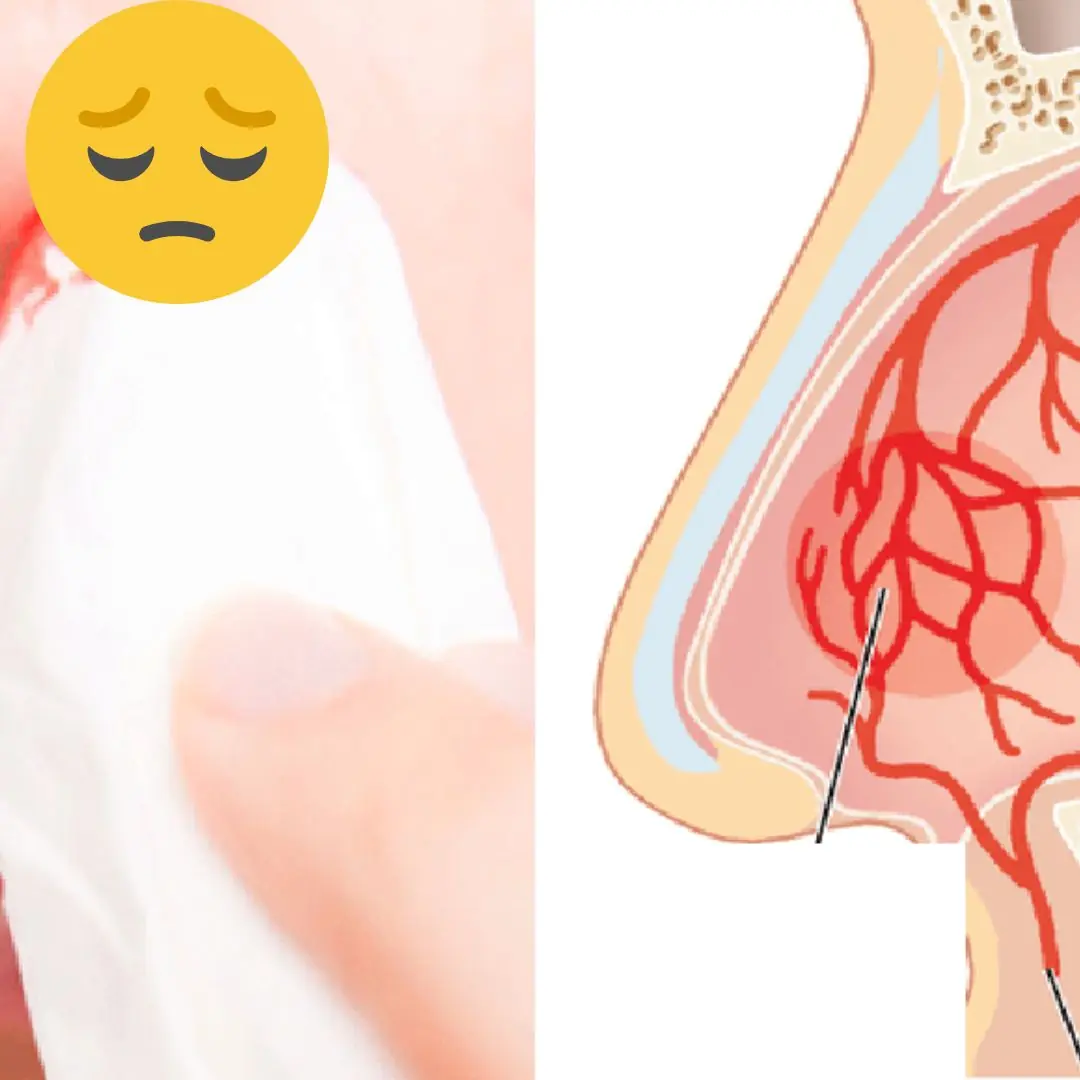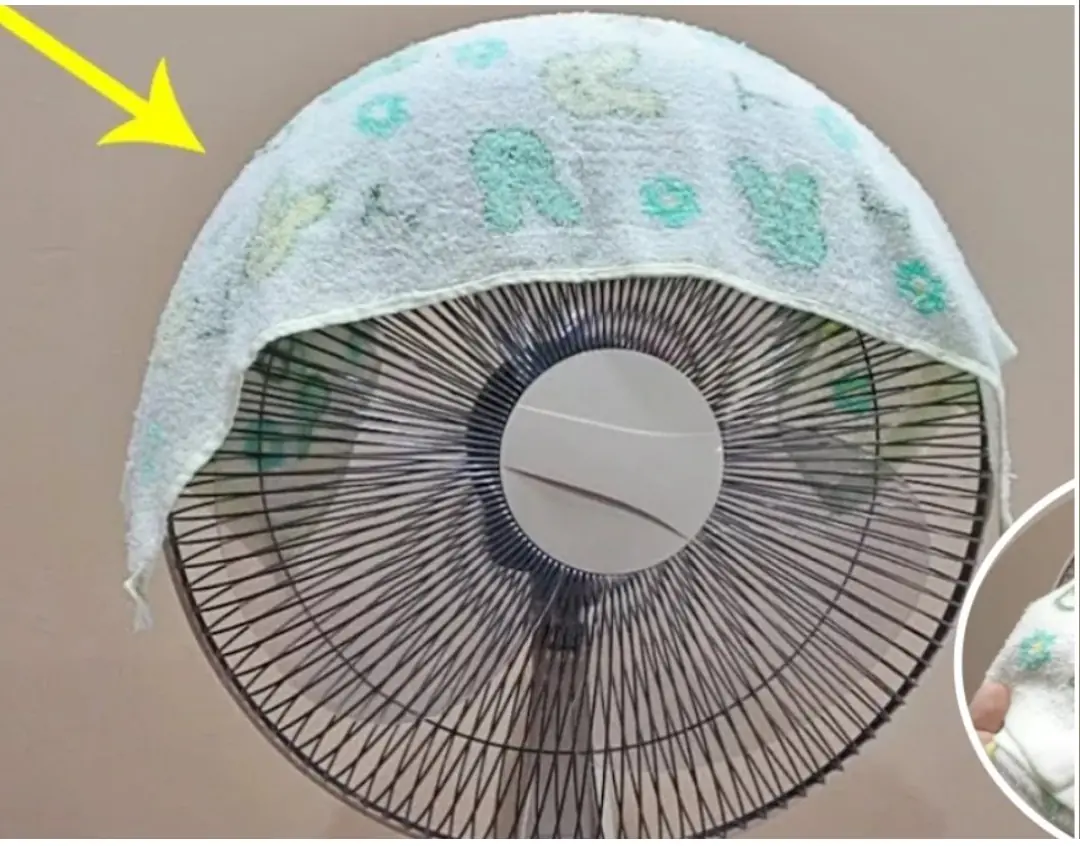
4 Hand Symptoms That May Signal High Blo.od Sugar – Often Overlooked by Young People
4 Hand Symptoms That May Signal High Blo.od Sugar – Often Overlooked by Young People
Diabetes is a rapidly progressing endocrine disorder that can lead to severe complications. Due to lifestyle and dietary habits, the disease is now affecting younger individuals at an alarming rate.

According to the American Diabetes Association (ADA), diabetes is classified into four types: Type 1, Type 2, secondary diabetes, and gestational diabetes. Among young individuals (under 30), Type 1 and Type 2 diabetes are the most common, with a small percentage developing gestational diabetes.
While common symptoms like fatigue, excessive hunger, weight loss, dry mouth, and frequent urination are well known, early-stage diabetes can also present subtle warning signs on the hands. If you notice any of the following four symptoms, it's advisable to check your blood sugar levels or seek medical advice before it’s too late.
1. Persistent Hand Itching
High blood sugar reduces sweat gland function, leading to dry, itchy skin, especially on the back of the hands and forearms.
Additionally, weakened immunity in diabetics makes the skin more prone to fungal or bacterial infections, causing inflammation and persistent itching. In severe cases, the itching may spread across the entire body, becoming a chronic issue that scratching cannot relieve.
2. Numbness in Fingers
It's important to differentiate between temporary numbness and numbness caused by high blood sugar complications.
- If numbness occurs due to prolonged pressure (e.g., staying in one position for too long), it typically improves with movement.
- However, if numbness occurs frequently without a clear cause and does not improve with movement, it may be an early sign of diabetes.
Chronic high blood sugar damages blood vessels and nerves in the hands, leading to numbness. As the condition worsens, poor circulation and oxygen supply can cause tingling, loss of sensation, and even temporary paralysis in the fingers and hands.
3. Slow-Healing Wounds
Typically, minor skin wounds (excluding bone or joint injuries) heal within one to two weeks. Cuts on the hands tend to heal even faster due to frequent movement.
However, if a hand wound remains unhealed after two weeks, it's a warning sign that you should check your blood sugar levels. Persistent high blood sugar slows blood circulation, weakens platelet function, and delays wound healing, increasing the risk of infection.
4. Red, Swollen Hands
Cold weather, allergies, or external irritants can cause temporary hand swelling and redness. However, if your hands are consistently swollen and red for no apparent reason, it may indicate poor blood circulation due to high blood sugar.
Because the hands are at the periphery of the circulatory system, they are more prone to blood pooling, leading to swelling, redness, and even pain.
How to Prevent Diabetes?
Experts recommend that young people adopt a healthier diet, reduce sedentary behavior, and engage in regular physical activity to lower the risk of diabetes.
Additionally, regular blood sugar checks and routine medical examinations are crucial for early detection and prevention of complications.
News in the same category


When Buying Pork Blood Pudding, Smart Shoppers Only Need to Check These 3 Points to Instantly Tell If It’s Real or Fake

This “Highly Nutritious” Meat May Raise Heart Disease Risk by 26% — And Also Increase Cancer and Diabetes Risk

Waking Up With These 4 Morning Symptoms Could Mean can.cer Cells Are Silently Attacking Your Body

Is Moldy Food Still Edible If You Just Cut Off the Mold? Warning Signs Not Everyone Recognizes

Even an Iron Li.ver Can’t Handle These 3 Common Breakfast Habits: Worse Than Skipping Meals!

5 types of water that people with diabetes should avoid

What are the symptoms of no.seble.eds and when should you see a doctor?

5 common foods that ha.rm your li.ver

5 Eye Symptoms That May Signal Your Li.ver Is Crying for Help – Women, Don’t Ignore These if You Want to Stay Healthy Every Day

Dried fruit becomes "tonic" Drink water every day to live healthy and long

Ca.nc.er cells destroyed in 42 days with a glass of juice has been successful

Himalayan fungus compound tweaked for 40x anti-c.a.n.cer boost, Scientists Say

8 Early Warning Signs of Sto.mach Can.cer: See a Doctor If You Have Even One

101-Year-Old Nutrition Professor Shares 7 Rules for Longevity and Health — Still Drives Around the World by Himself

The Hidden Culprits Behind Osteoporosis: 3 Popular Beverages You Should Watch Out For

9 drinks that can naturally reduce liver fat in just 2 weeks

Prevent Bad Blood Fats from ‘Flooding’ Your Bloodstream by Drinking This Highly Beneficial Beverage

Doctors Warn of Alarming Health Risks of Sleeping with a Fan On During Hot Weather
News Post

Don’t Throw Away Spoiled Fruits — Keeping Them Can Still Offer Many Benefits

Mix Toothpaste with This and Be Surprised: Old, Moldy Faucets Shine Like New After Just 5 Minutes of Light Cleaning

A Wild Vegetable Sweeter Than Mustard Greens, Free of Oxalic Acid, and Excellent for Cooling the Liver and Relieving Heat

The "National Dish" That's Incredibly Gentle But a "Nightmare" for People with Kidney Stones

If You See These 5 Types of Pork at the Market—No Matter How Fresh or Cheap They Look—Don’t Buy Them

Warning: A critical mistake when eating rice could be fatal!

When Buying Pork Blood Pudding, Smart Shoppers Only Need to Check These 3 Points to Instantly Tell If It’s Real or Fake

This “Highly Nutritious” Meat May Raise Heart Disease Risk by 26% — And Also Increase Cancer and Diabetes Risk

Waking Up With These 4 Morning Symptoms Could Mean can.cer Cells Are Silently Attacking Your Body

Is Moldy Food Still Edible If You Just Cut Off the Mold? Warning Signs Not Everyone Recognizes

Even an Iron Li.ver Can’t Handle These 3 Common Breakfast Habits: Worse Than Skipping Meals!

5 types of water that people with diabetes should avoid

Even though it's simple to eat, homegrown vegetables are both cleaner and healthier than vegetables from the market!

Washing Clams and Shellfish: Some Use Chili, Others Use Wine — All Wrong! A Seafood Vendor Taught Me This Truly Effective Trick

Too many geckos in the house, here's a little trick to make them 'go away and never come back'

Going to the market, if you see these 7 types of fish

No matter how small your house is, don't place the headboard like this or you'll regret it

Why you shouldn't wear shorts or short skirts when flying

Covering a towel on an electric fan, a useful tip that cannot be missed in the summer
